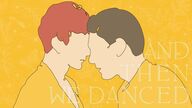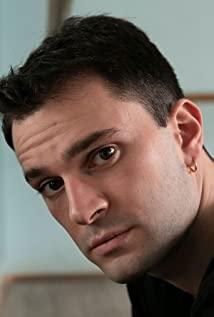There is one place that I can't see clearly. Before he sniffed the clothes, Merabi didn't show any other loving expressions other than "doubtful, slightly jealous", and then suddenly went to smell his clothes. The storyline is very deep in tradition, tradition, tradition. It has been highlighting this. In the middle, Melabi goes to nightclubs to form an impact with tradition, and of course, cigarettes and milkshakes in Paris and other places. Seek a new life in a rut. The image of his brother is even more profound, and "rebellion" contains all the love he can do. And the influence of the girl shows the pursuit of new things and new images, she likes foreign cigarettes and milkshakes, and gives applause and tears after dancing. Her image is portrayed as an expression of hope for possible change in the future. "I found your earring, you can take it, I don't need it anymore" It's not that I don't love it, it's just helpless.
All the contradictions are not expressed too intuitively, but are accumulated from the side: no earrings are allowed, the constant telling of Zaza's stories, the living conditions of the lGBTQ people, the current economic situation, the softness and toughness of dancing, family changes, The way of survival, the culture shock... in your clothes, the last dance, a dance of ours
The curtsy that lifts the collar is my struggle, and also the struggle of my generation suffered worse treatment. After watching the short film "Wings" yesterday, this emotion is really a heavy road to equal rights. When will it end?
View more about And Then We Danced reviews











